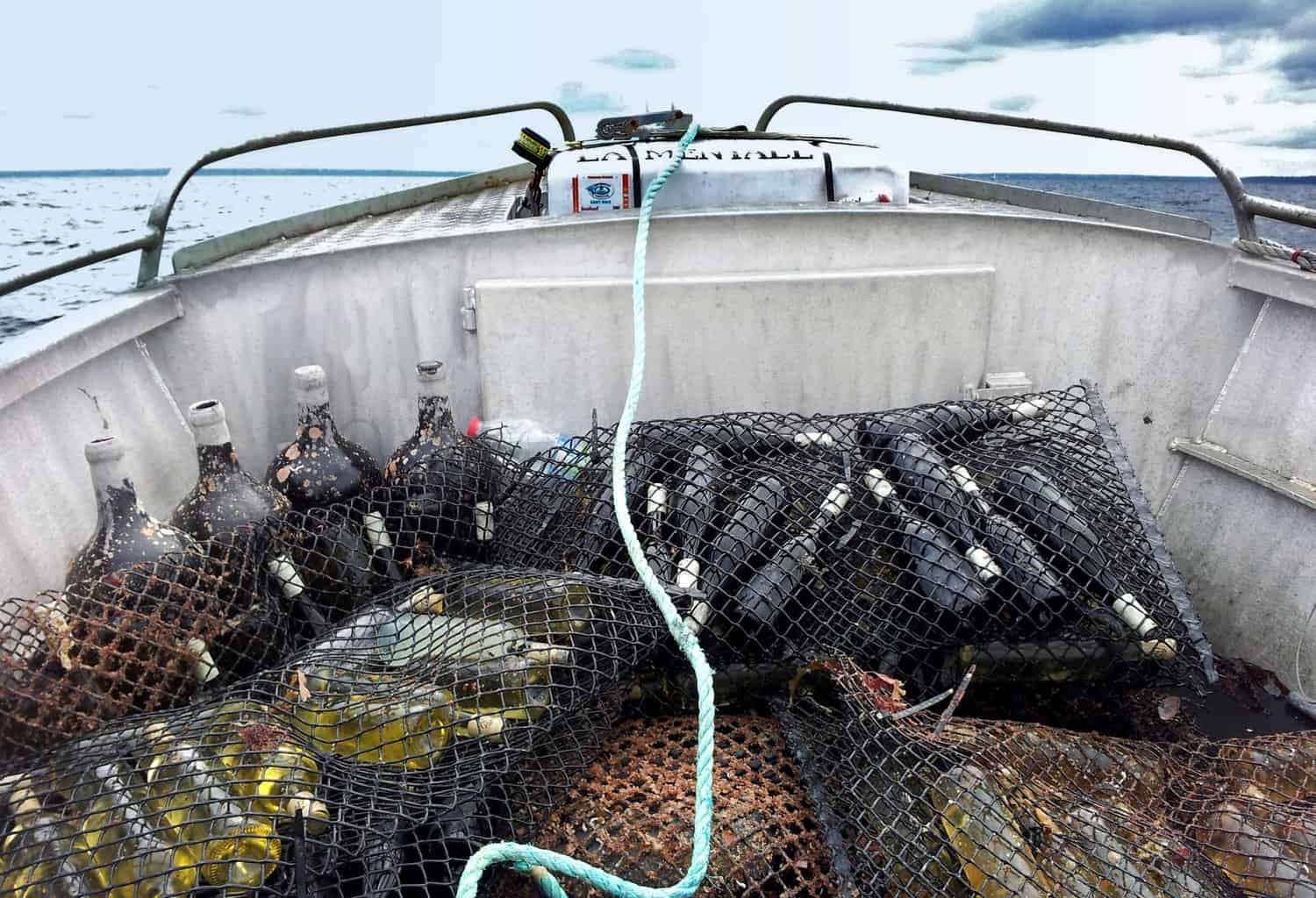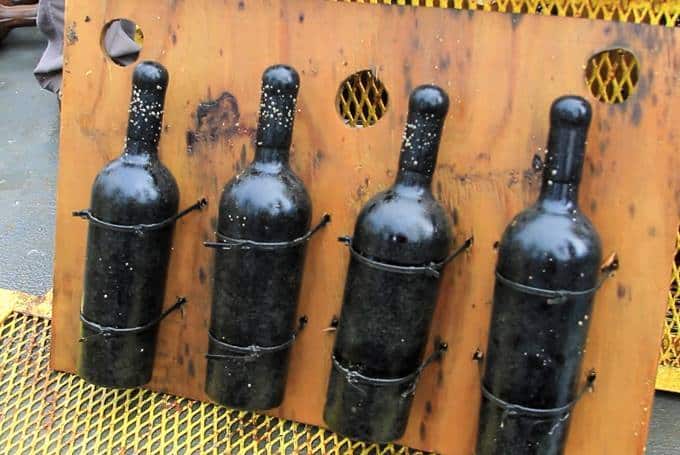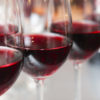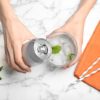Let’s take a look and see if wine has a future underwater.
I first heard of aging wine underwater in 2008 when my boss went to a Spanish wine tasting in San Francisco. During the tasting he sent me pictures of bottles with descriptions like “wtf” and “holy shit.” –All very technical wine terms.
He brought back a wine that had been aged underwater called Sketch by Spanish winemaker Raul Perez. A bit of an odd guy, Raul Perez is known for finding and using the grapes from very old vineyard plots all over Northwestern Spain. Sketch hails from Rias Baixas (pronounced Ree-yus BYE-shus) and is made from a white wine grape called albariño. The vineyard is located in Dena, Spain, just 500 feet from the Atlantic ocean. After making the wine, it’s put in bottles and sent to the bottom of the sea in the nearby bay. The wine sits from 60 days or more until someone on a boat with a scuba suit goes to retrieve it.
An anaerobic pressurized environment such as the bottom of the ocean acts more as a time capsule. The sea maintains temperature and the currents gently rock the bottles. After we tasted Sketch it was clear that the act of aging it underwater didn’t really matter to the wine itself. It had merit on its own, it was delicious.
Is there a U-Pick wine-of-the-sea? I would pay good money to go diving for a bottle.
Knowing that the wine was once in the ocean did change the way we perceived it. As we tasted it, we imagined the people on the boat going to extricate their underwater wine treasure trove. The wine’s natural salinity evoked the idea of the sea and I find myself longing to be there. An idea pops into my head: is there a U-Pick wine-of-the-sea? I would pay good money to go diving for a bottle.

The 2 ‘Ws’ of Underwater Wine
WHO is Putting Wine Overboard? The List.
Ever since finding out about Sketch in 2008 we’ve discovered a few other people aging wine underwater. As far as we can tell, white and sparkling wine are the only styles of wine that get dunked. There have been tests in large lakes and rivers (that don’t freeze) as well. If you find out about one not listed below, put a note in the comments.
- Bisson Abissi Prosecco from Liguria, Italy
- Raul Perez Sketch from Dena, Spain
- Château Champ des Soeurs et l’Abbaye Sainte-Eugénie in Fitou, France is a white Corbieres with a synthetic cork by Nomacorc
- Louis Roederer (the makers of Cristal) sunk a lot of champagne in the Bay of Mont Saint-Michel in Normandy, France where temperatures maintain an even 50° F
- Chateau Larrivet Haut-Brion experimented aging a 56 litre barrel of Bordeaux in the Bay of Arcachon calling it “Neptune”
- Gaia Winery on Exo Gonia Island in Santorini, Greece
- Henri Maire from Arbois, France has submerged wines in an ancient underwater Abbay in Lake of Vouglans, France’s 3rd largest man-made lake
- Mira Winery aged their Napa red wines for 3 months in Charleston Harbor, South Carolina
WHY Cellar Wine Underwater?
There have been reports of wineries aging wine underwater in Italy, France and Spain. The benefits of aging wine underwater are clear.
- Median temperatures at the bottom of the ocean in these regions maintain 50-55° F.
- Ideal low light environment
- Oxygen contamination is not an issue
- Temperature control and storage area is free.
- High pressure maintains sparkling wines
- Oak aged wines get increased sodium carbonate increasing flavor complexity
Besides all the good reasons a scuba-loving winemaker may find, there are a wealth of problems with aging wine underwater. Be very afraid of wine-loving mollusks, pirates and saltwater contamination. Plus, every bottle incurs the cost of schlucking it in and out of the ocean.





